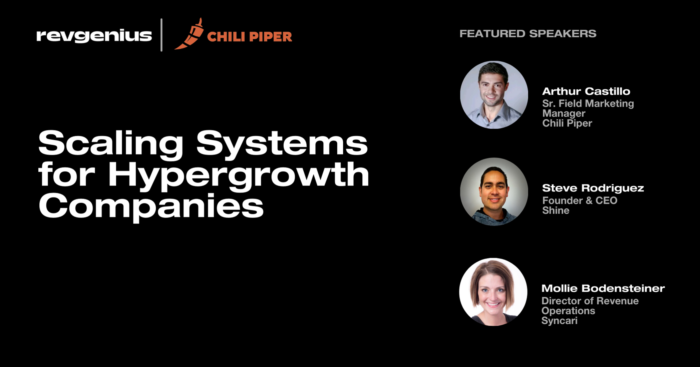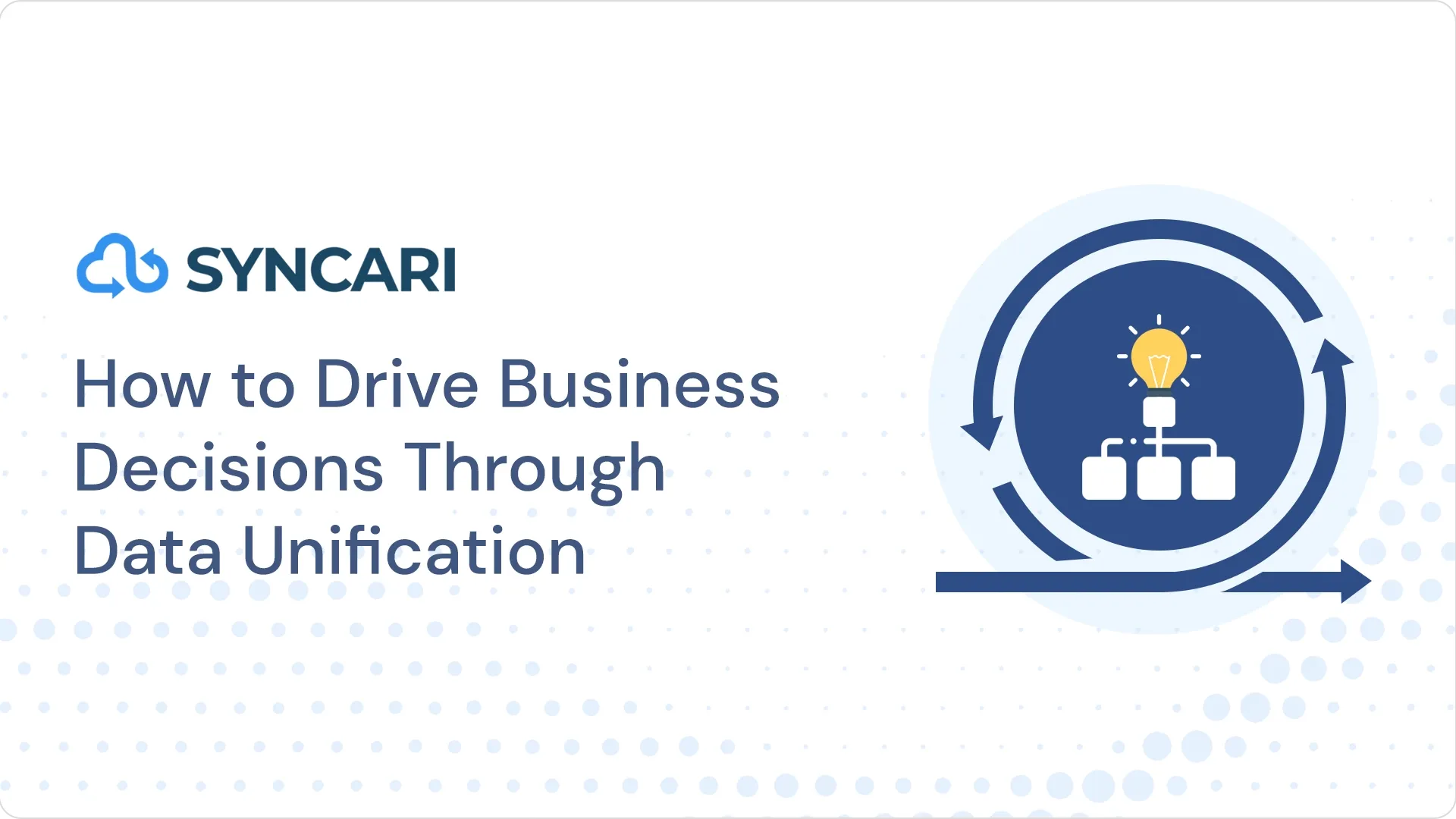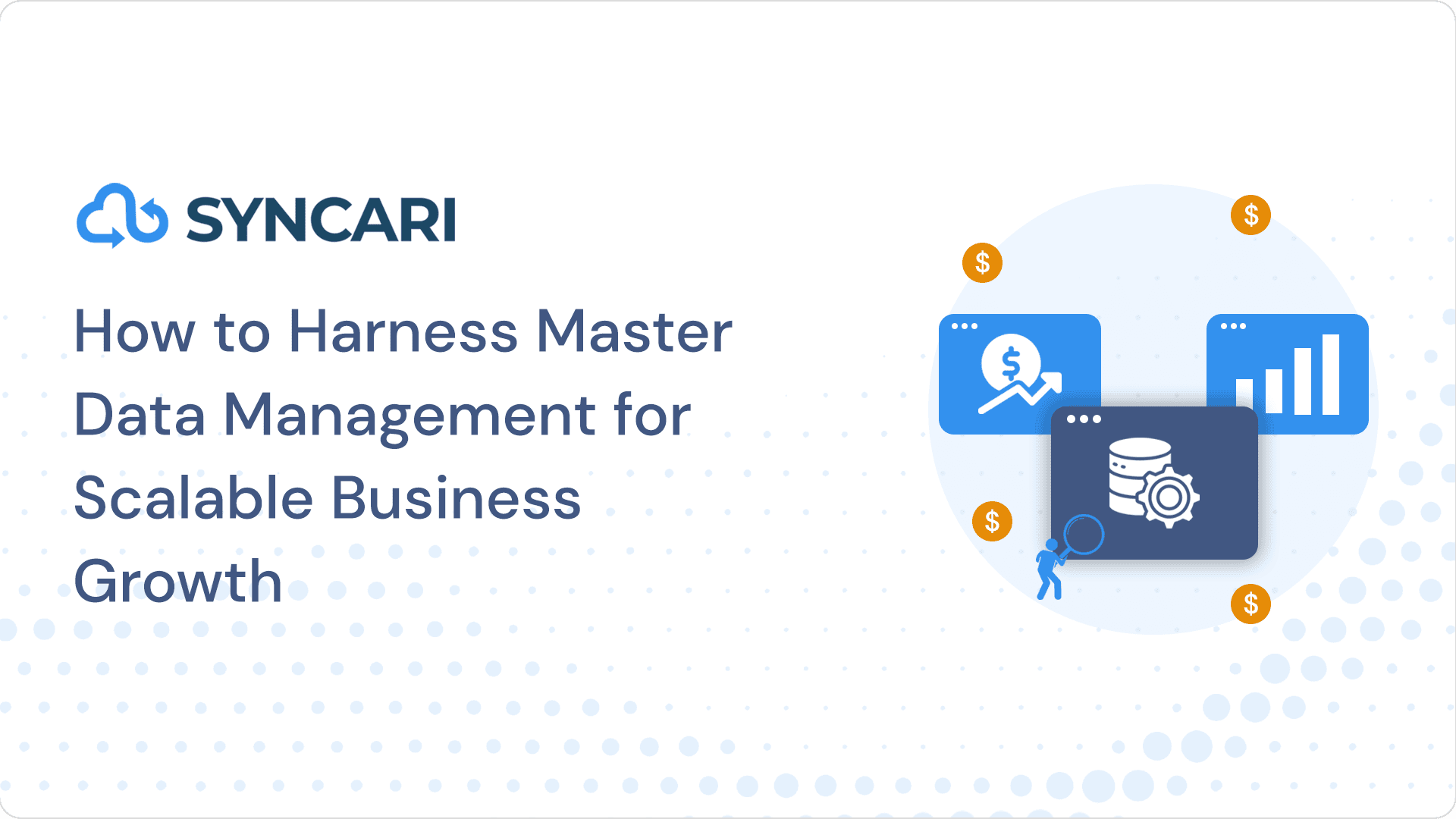It’s a great feeling to be part of a growing company. Your company found product-market fit, the product is selling like hotcakes, and (hopefully) you’re having fun doing it. So you increase revenue and growth goals, hire more humans in marketing, sales, and customer success, and expand demand generation programs and marketing channels. What could possibly go wrong?
It’s no surprise there are bumps in the road when it comes to scaling. The most consistent culprit: a lack of proper strategic planning. If you don’t plan correctly (and focus on the right things — like data integrity), these types of common issues and breakdowns are bound to happen :
- Pain points from messy/incomplete data
- Multiple systems that don’t talk to each other
- Cross-team process gaps (you mean nobody followed up on those leads?!)
- Revenue misses (and the finger-pointing ensues…)
Many companies are forced to be reactive when these issues start piling up, which leads many in operations down the dreaded path of tactical work overload — but it doesn’t have to be this way. There are things you can do proactively to help your company scale for hypergrowth before you get there.
Keep these five tips in mind:
1. Understand the Strategy and Growth Goals
A lack of clear strategy will inhibit processes and people, and it can wreck systems from scaling. Be purposeful in what you’re hoping to accomplish and how you’re defining success for these tactics. Know your goals, and then reverse engineer until you have a process and vision for infrastructure.
2. Prioritize Data Quality and Data Governance
Data gets messy quickly, especially as you scale. Think about ways you can provide an ongoing snapshot of your database health, like a weekly data fitness report or a dashboard in your CRM or automation platforms.
Work toward clean, accurate data. Sometimes that means consolidating different databases, and in that case, be very careful about how you actually do that work. You’ll probably peel back the curtain and see how messy your data really is. You don’t want to create duplicates, you don’t want to override good data with bad data. Take it as an opportunity to clean your data and establish new processes to keep it healthy.
3. Prioritize the Right People in the Right Roles
Growth often outpaces talent, so work to place the right people in the right roles. Understand where people are spending their time and why, and decide which resources to keep in place. Also with expanded hiring, have a clear onboarding plan from enablement to provisioning to ownership and routing to enable people to do their jobs successfully.
4. Build a Unified Data Model
Figure out how to work off a centralized data model. Take your time and don’t rush. It’s not as easy as it sounds because it takes critical thinking. Then going forward, do everything you can to maintain a clean database with documented, ongoing processes. (Hint: Maintaining a database is never done.)
Introduce ideas or products, like Syncari, to pull information together from multidirectional platforms so you’re really keeping data aligned and unified.
5. Don’t Buy For Today, Buy For Tomorrow
Don’t buy point solutions for point-in-time problems. The last thing you want is several uncoordinated point solutions that don’t work together and cause an integration nightmare. Proactively look for tools that allow true citizen development – meaning no code or low code options – that really allow you to run and scale as your business is evolving.
When you think about vendor management, tech management, provisioning, data governance, integrations, new processes, renewal management. Knowing the average mid-size B2B SaaS company has 120 tech tools, that’s a lot of time, administration, and company resources just managing your tech stack.
These pain points are relevant across all industries. With some proactive planning and critical thinking, you can help your company continue to grow successfully.
I went into these tips and more with a panel of experts from Chili Piper and Shine Marketing in this fireside chat. Check it out!



